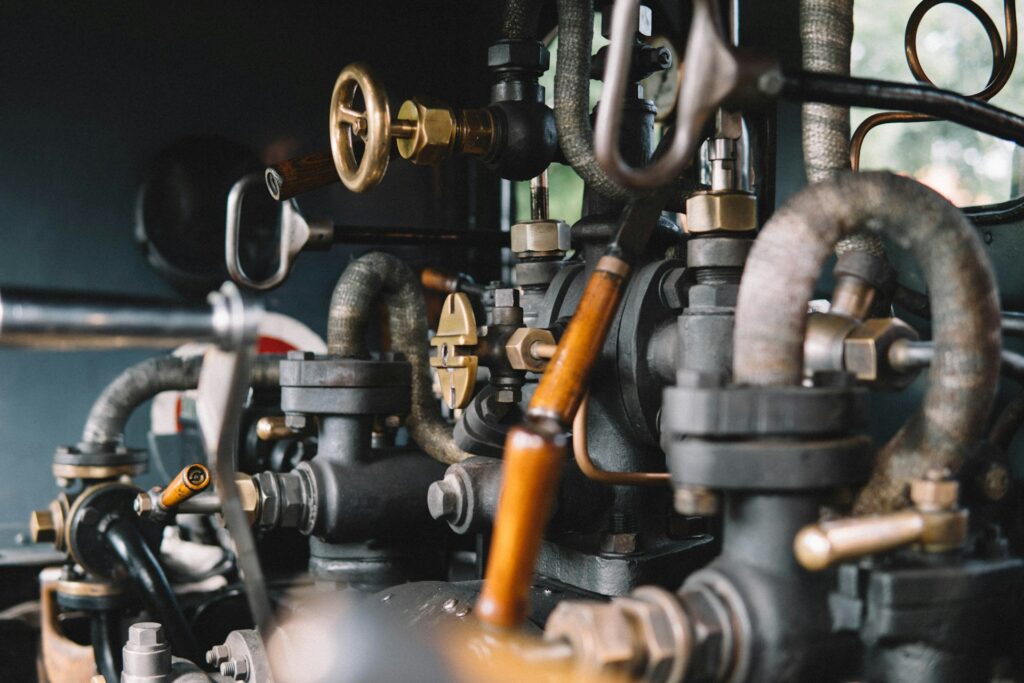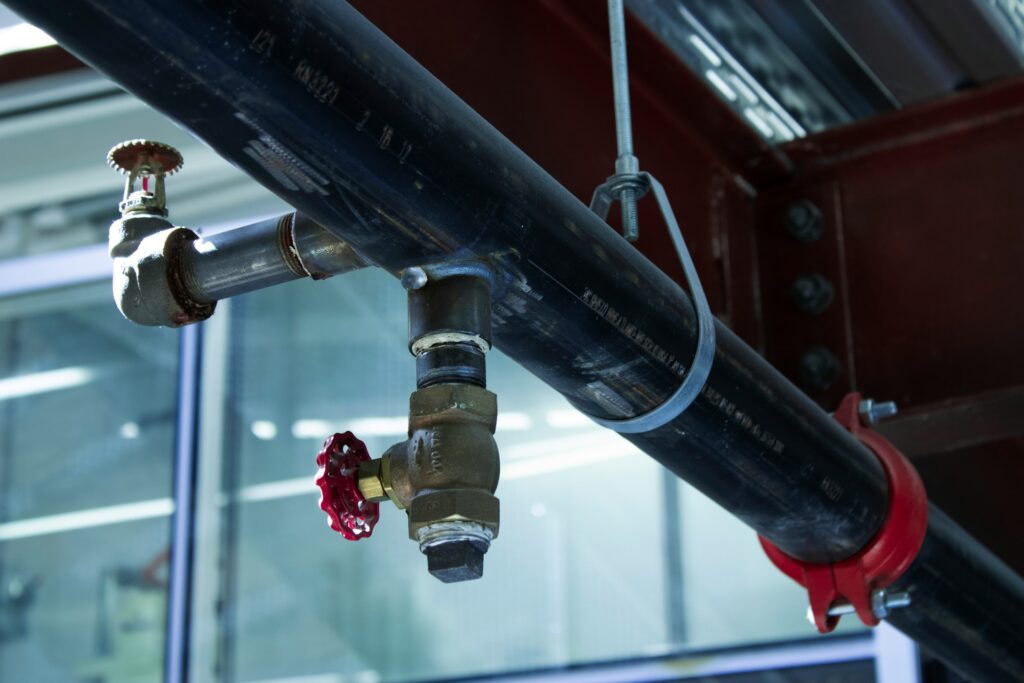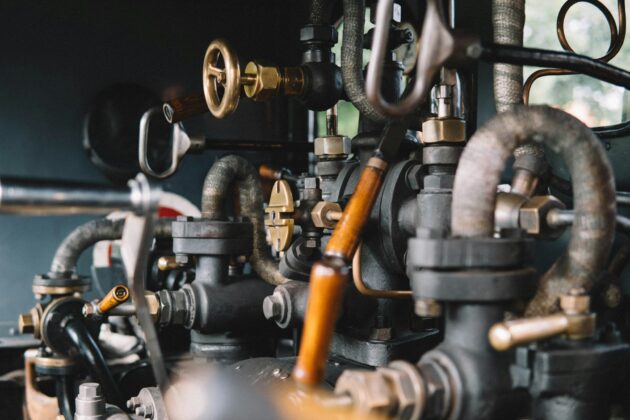
Pumps play a crucial role in various industrial applications, serving as the backbone for fluid management in sectors ranging from manufacturing to chemicals. The evolution of pump technology has led to advanced designs that cater to specific requirements, enhancing efficiency and productivity. Companies now rely on innovative pump designs to tackle diverse challenges, such as moving corrosive fluids, ensuring high precision, or managing complex systems. By understanding different types and their applications, industries can optimize their operations for better results.
Table of Contents
Understanding Pump Types and Their Applications
Industrial pumps come in numerous designs, each tailored to specific applications. Centrifugal pumps excel in high-flow scenarios, efficiently moving large volumes of liquids. They are favored in water treatment, cooling systems, and chemical processing due to their simplicity and reliability. Conversely, positive displacement pumps are ideal for high-viscosity fluids, such as oils and pastes, where precise flow rates are paramount. Their ability to handle thick substances without damaging them makes them important in sectors like food and pharmaceuticals. Beyond these basic categories lie specialized pump types.
Submersible pumps are designed to operate underwater, primarily found in sewage treatment and dewatering applications. Their ability to function while submerged makes them invaluable in flood control and groundwater extraction. Diaphragm pumps are excellent for processes requiring strong suction capability, often utilized for handling slurries and abrasive fluids. Understanding these various designs enables industries to choose the right pump for their unique needs.
The Importance of Efficiency in Design
Efficiency is a critical factor in modern pump design, directly impacting operational costs and sustainability efforts. Energy-efficient pumps reduce electricity consumption and minimize the environmental footprint of industrial operations. The latest designs incorporate advanced materials and engineering principles to enhance hydraulic performance, ensuring that pumps operate optimally at various flow rates and pressures. Smart technology integration elevates efficiency. Many modern pumps come equipped with monitoring systems that track performance metrics, allowing operators to identify inefficiencies before they escalate into major problems.
Predictive maintenance capabilities, based on real-time data, help prolong pump lifespan and reduce downtime, leading to significant cost savings over time. Companies like DAE Pumps actively focus on creating models that maximize performance while minimizing energy usage, demonstrating a commitment to innovation and sustainability. This focus on efficiency ensures that modern pump systems deliver reliable performance while supporting long-term environmental and economic goals.
Customization in Pump Design
The unique needs of different industries often require pumps to be customized. Customization can range from modifying the materials used to construct the pump to adjusting its size and shape, ensuring compatibility with existing infrastructure. This flexibility is crucial in sectors such as oil and gas, where pumps must withstand harsh environments and handle corrosive substances.
Engineers collaborate closely with clients to develop tailored solutions that meet specific operational challenges. This can include designing pumps that operate under extreme temperatures, pressures, or chemical conditions. Custom-built pumps enhance operational performance and contribute to safety by mitigating the risk of leaks or failures that could have severe consequences in vulnerable industries.
Trends in Pump Technology
Current trends in pump technology are driven by the push for automation and improved connectivity. Smart pumps integrated with IoT technology provide real-time data feedback, allowing for seamless communication between equipment. This smart integration aids in optimizing various processes, from monitoring fluid levels to adjusting flow rates based on demand. Another significant trend involves an increased focus on sustainability.
Industry players are developing pumps that save energy and enhance system performance. The movement toward modular designs allows for easier upgrades and maintenance, ensuring that pumps can adapt to evolving industrial needs without requiring complete replacements.
Challenges Facing the Pump Industry
Despite advancements, the pump industry faces several challenges. Regulatory compliance presents an ongoing hurdle as industries strive to meet ever-changing environmental and safety standards. Manufacturers must ensure that their products adhere to these regulations while still innovating. Supply chain issues, especially related to raw materials, pose challenges, impacting production timelines and costs.
Market competition is fierce, and companies must continually elevate their technology and service offerings to maintain a competitive edge. Understanding customer needs and developing solutions that align with their expectations is more critical now than ever.
Future Prospects in Pump Design
Looking ahead, the future of pump design is promising. With ongoing research and development, industry leaders are likely to introduce pumps that are faster, more reliable, and capable of handling an even broader range of applications. Anticipated advancements include enhanced energy recovery systems that harness excess energy to improve efficiency.
The evolution of materials science allows for the development of lighter, more durable components, leading to longer-lasting pumps that require less frequent replacements. This focus on longevity will directly address many concerns surrounding environmental sustainability by reducing waste associated with pump replacements.

Advanced pump designs are pivotal in addressing the diverse demands of modern industries. Understanding various pump types and their efficiencies, customization needs, and emerging trends can help companies optimize their fluid management strategies. By facing challenges head-on and embracing innovative solutions, the pump industry is poised for a future that balances efficiency, sustainability, and technology.
